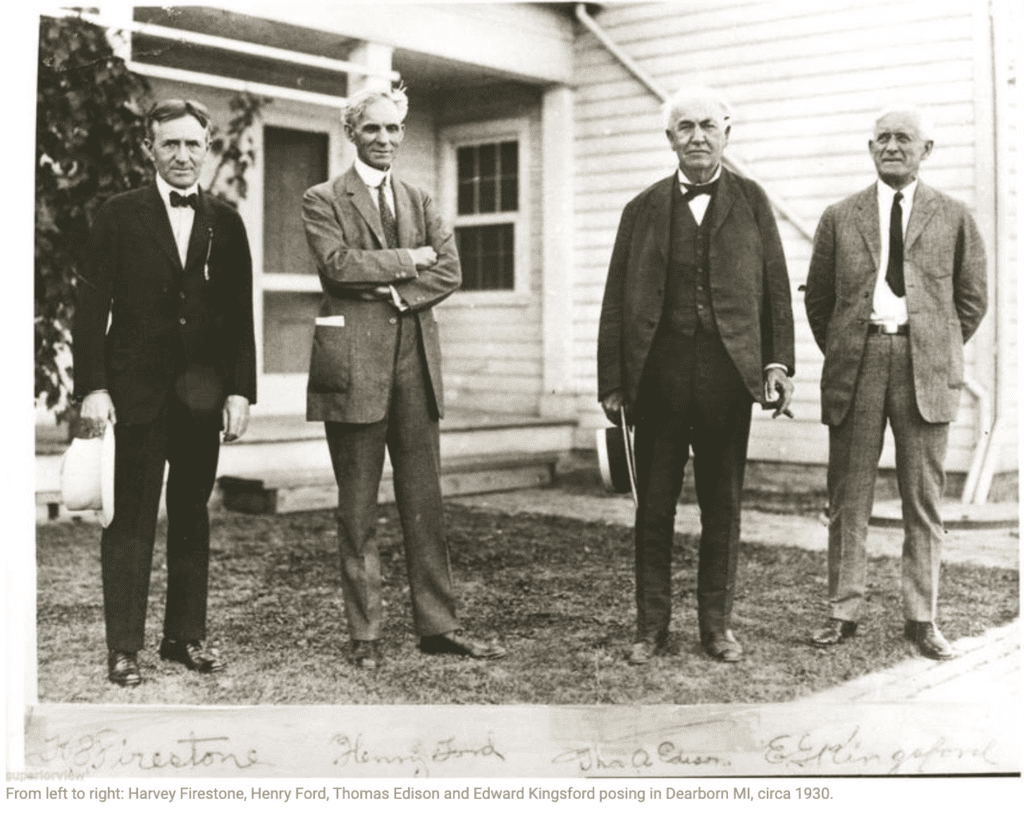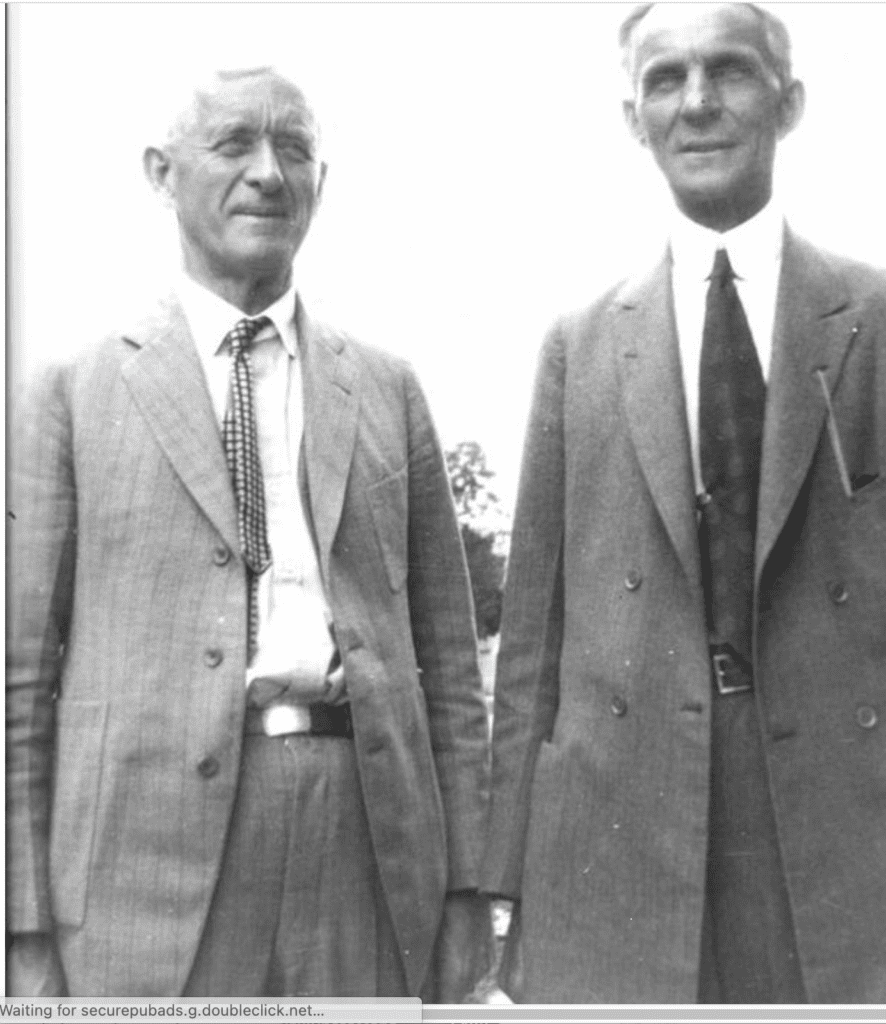Daniel Salzler No. 1208
EnviroInsight.org Four Items June 30, 2023
—————Feel Free To Pass This Along To Others——————
If your watershed is doing something you would like others to know about, or you know
of something others can benefit from, let me know and I will place it in this Information .
If you want to be removed from the distribution list, please let me know.
Please note that all meetings listed are open.
Enhance your viewing by downloading the pdf file to view photos, etc.
The attached is all about improving life in the watershed.
If you want to be removed from the distribution list,
please let me know. Please note that all meetings listed are open.
Check our website at EnviroInsight.org
1. Phoenix’s Plan To Keep The Water Flowing. In Arizona’s perpetual quest to alleviate its water shortage, the Water Infrastructure Finance Authority (WIFA) is expected to start considering innovative proposals next year to keep the desert state hydrated.
Catch up quick: Lawmakers and former Arizona Gov. Doug Ducey last year established a plan to provide WIFA with $1 billion over three years for a long-term water augmentation fund that would finance a desalination plant or other major project.
The budget that Gov. Katie Hobbs signed in May cut about $143 million from next fiscal year’s allocation, which should leave the fund with around $850 million total.

Why it matters: The Colorado River basin, which includes Arizona, is in the midst of a 23-year “megadrought” — the region’s worst in about 1,200 years.
- The Phoenix area also faces a projected groundwater shortage, which led officials to restrict new homes lacking other water sources.
State of play: While it’s been widely assumed that WIFA will fund desalination efforts, other options — including a pipeline, increased reservoir capacity, potable water reuse and more — remain possible.
- “I envision and think it’s probably going to be a combination of multiple things, maybe some bigger, some smaller,” WIFA spokesperson Chelsea McGuire tells Axios.
- Phoenix also plans to open a water purification facility by 2030; it could serve other cities as well.
Reality check: Desalination is a promising technology, but there are economic and environmental costs associated with the energy-intensive process.
Meanwhile: Some cities are coming up with their own inventive ways to conserve water or find new sources.
- Queen Creek, Arizona, is buying water directly from an agricultural landowner along the Colorado River — though city officials tell Axios it will be used to replenish groundwater, not fuel new subdivisions.
Note from , author of Axios Phoenix: This story has been corrected to reflect that lawmakers and former Arizona Gov. Doug Ducey established a plan to provide WIFA with $1 billion over three years, not to create WIFA.
2. Forest Service Confirms Presence Of Toxic Green Algae Bloom At Bartlett Reservoir Lake. The U.S. Forest Service is warning visitors to avoid contact with water after testing algae in Bartlett Reservoir Lake in Tonto National Forest.
The Arizona Department of Environmental Quality confirmed the presence of blue-green algae that can produce harmful toxins, according to a post on the U.S. Forest Service – Tonto National Forest’s Facebook page Wednesday.
Last week, environmental officials warned recreationists of possible harmful algae bloom at the lake. The Forest Service confirmed algae at all test sites including shoreline recreation areas and the main body of the lake.
They are working with local experts to conduct more testing to determine if and to what extent, the algae are producing toxins, the post said.
Forest Service officials said all lake recreation sites are open including picnic sites, boat launches, the Bartlett Lake Marina and camping areas.
Visitors are advised to avoid bodily contact with the water, including swimming, washing and cooking with lake water.
Here are the symptoms of algae exposure:
- irritation of skin, eyes, nose and throat
- ingesting contaminated water can cause headache, dizziness, muscle weakness, nausea, stomach pain and diarrhea.
Anyone experiencing symptoms should contact a health provider or Maricopa County Public Health at 602-506-6767 or click here.
Follow-up testing will be done and results are expected in the next three to four days. Source: U.S. Forest Service
3. Celebrating The 4th Of July With A Bar-B-Que. The odd beginning of the grill.
Everyone associates Henry Ford with the automobile and the invention of the assembly

line, but you also have the American businessman to thank for your backyard cookouts. An avid outdoorsman and early environmentalist, Henry Ford found a way to solve two problems…waste
from his sawmill and cooking fuel source for camping trips…with the invention of Kingsford Charcoal.
Henry Ford was experiencing phenomenal success with this assembly-line produced Model T Fords. By 1919, his company was producing a million cars a year. About 100 board feet of wood went into each car…in the steering wheel, dashboard, and other parts. Ford wanted his own source of wood so he wasn’t at the mercy of other suppliers and inconsistent costs. So he contacted his cousin’s husband, Edward G. Kingsford, a Michigan real estate agent, to help him find and purchase timberland. He found just want he needed in Iron Mountain, Michigan. Ford built a sawmill there to cut the wood for shipping to Detroit.
An Early Environmentalist, Ford Was Concern About Waste
Ford, a nature-lover, was also an early environmentalist and lived by the motto, “reduce, reuse, and recycle.” He was bothered by the wasted wood at his Iron Mountain sawmill. There was a surplus of leftover stumps, branches, and sawdust. Ford hated to see the resources going unused and sought a way to make use of the byproducts of his sawmill.
When he wasn’t overseeing production at his Ford Assembly Plant, Henry Ford loved to spend time in the outdoors. He frequently went on camping trips with his cousin-in-law, Kingsford, and his friends, inventor Thomas Edison and American naturalist and essayist, John Burroughs. It was on one of these camping trips that Ford figured out what he could make with the scrap wood and sawdust from his sawmill.

The Birth of the Charcoal Briquette
One problem Ford often encountered when camping was finding enough dry wood and kindling to build and sustain a fire that was hot enough to cook food over. Ford found that he could use the scraps and sawdust, pressed into lumps held together by tar and cornstarch, as a quick and easy way to start cooking a fire. He named these lumps charcoal briquettes and built a briquette manufacturing facility next door to the sawmill. He sold the briquettes in picnic packs and promoted the link between owning an automobile and experiencing the great outdoors.
Briquette Became Kingsford Charcoal

Ford’s charcoal briquette division was purchased by a team of investors in 1951. The conglomerate renamed the briquettes Kingsford Charcoal in honor of Edward Kingsford. Today, Kingsford Charcoal is still made in America using 100% American materials. In fact, more than one million tons of wood waste finds new life as charcoal briquettes every year.
Henry Ford was a visionary entrepreneur who found an innovative way to solve two problems with one invention. The next time we enjoy a burger or hot dog cooked over a charcoal grill, we should give a big thanks to Henry Ford. https://historydaily.org/henry-ford-and-the-invention-of-kingsford-charcoal/5
4. Kitchen Scraps Your Lawn and/or Garden Plants Will Love. Don’t toss your kitchen scraps in the trash can. Feed your garden plants/lawn from your kitchen.

Coffee Grounds. Rich in Nitrogen that enhances the soil, and improves soil texture and drainage. Sprinkle a half inch of coffee grounds in your garden and work into the soil and watch your plants perk right up. Asparagus ferns and geraniums don’t like coffee ground at all. Coffee grounds will also repel pests like snails, slugs, squirrels and rabbits.
Cooking Water: Just finished boiling water for eggs, pasta, potatoes or spinach? Don’t pour the water down the drain. Allow the water to cool and all it to your ompost pile or into your garden. Nutrients such as starch, iron, calcium, and potassium are left in suspension in the water. WARNING: When cooking these products, DO NOT add salt to the water.

Banana Peels: Are aphids chewing on your roses? Just cut your banana peels into pieces and incorporate them
½ inch into the ground. Your roses will also love the potassium.
Whole Grain Cereal and Bread Crumbs: Whole grains, buried in a garden row, will provide a tasty treat for earthworms and keep harmful pests at bay.
Crushed Shells: This long lasting mulch adds calcium and other nutrients to your flower bed, vegetable garden or flower pots. Wash and boil shells to remove excess salt before crushing the shells into a fine consistency.
Sour Milk : A rich source of calcium for your plants or compost. Dilute sour milk with water and pour it at the base of your rose bushes or tomato plants. If deer are a problem, the smell of sour milk will chase nibbling deer away.
Tea Leaves: Add to the ground for acid-loving plants like rose bushes, blueberries. Tea leaves keep slugs away and contain nutrients and tannins. You can also make some sun tea and water you plants with the cooled tea.

Citrus peels: Lemon and Orange peels juice up your plants by adding nitrogen, calcium, magnesium and sulfur to the soil. Let the peels dry, grind them up a bit and mix into the garden or the compost. Source: “The Kitchen Table Book 2”
Copyright enviroInsight2023
